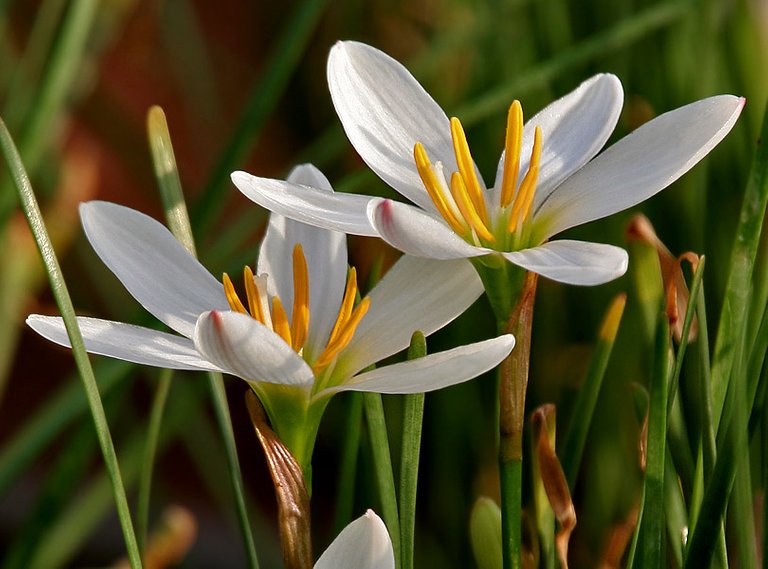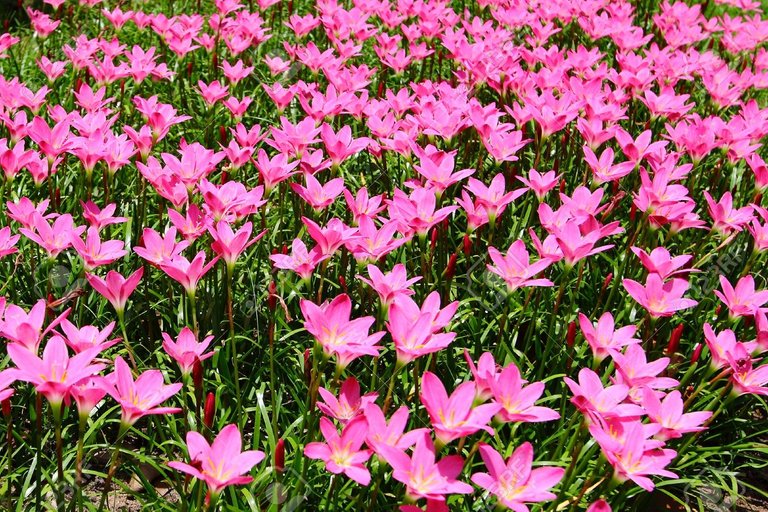Zephyranthes candida is also known as the white storm lily as it often flowers after Summer storms. They originate in Southern Argentina, Paraguay and Uruguay. They have become a very popular addition to gardens across Australia. They are becoming increasingly popular for mass plantings or as a feature border. For impact plant dwarf mondo in front of a border of white flowering crocus or inter-plant them with mondo grass for impact. Agapanthus also compliment border plantings bringing depth and colour in late Summer. These crocus bulbs are supplied fresh - they will have foliage and roots (not just your average dried bulb). Plant them singularly and watch them quadruple in a year!

How to grow storm lilies
Storm lilies, autumn crocus or rain lilies are small bulbs in the genus Zephyranthes. These under rated plants deserve to be more widely grown in subtropical and tropical gardens. They are tough and undemanding, and soon form large clumps that flower readily over summer in response to warm and moist conditions.

Zephyranthes flavissimus has butter yellow flowers
Flowering is synchronised – that is, plants will flower simultaneously together over a wide region. The flowering seems to be stimulated by storm events, possibly triggered by changes in pressure. Flowering is often said to predict forthcoming rain events. Seed pods are produced immediately following flowering and seeds fall while the ground is still moist.

The name Zephyranthes means ‘flower of the west wind’. The flowers are symmetrical and point straight up. The related Habranthus genus , also widely grown, have similar flowers which hang to one side. Each flower generally lasts for one to two days.

These bulbous plants are native to the southern USA, down through Mexico and Central America to the south of the South American continent. They also grow in the islands of the Caribbean. Typically they are found growing in meadows and pastures among grasses. These plants grow in regions subject to seasonal rainfall and can tolerate both wet and dry periods.
